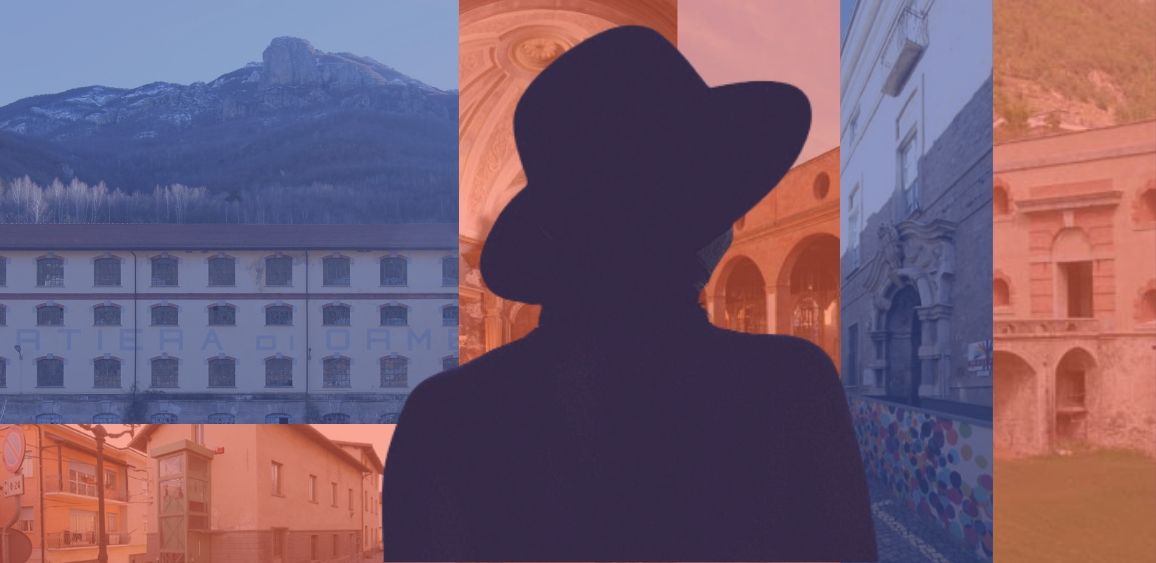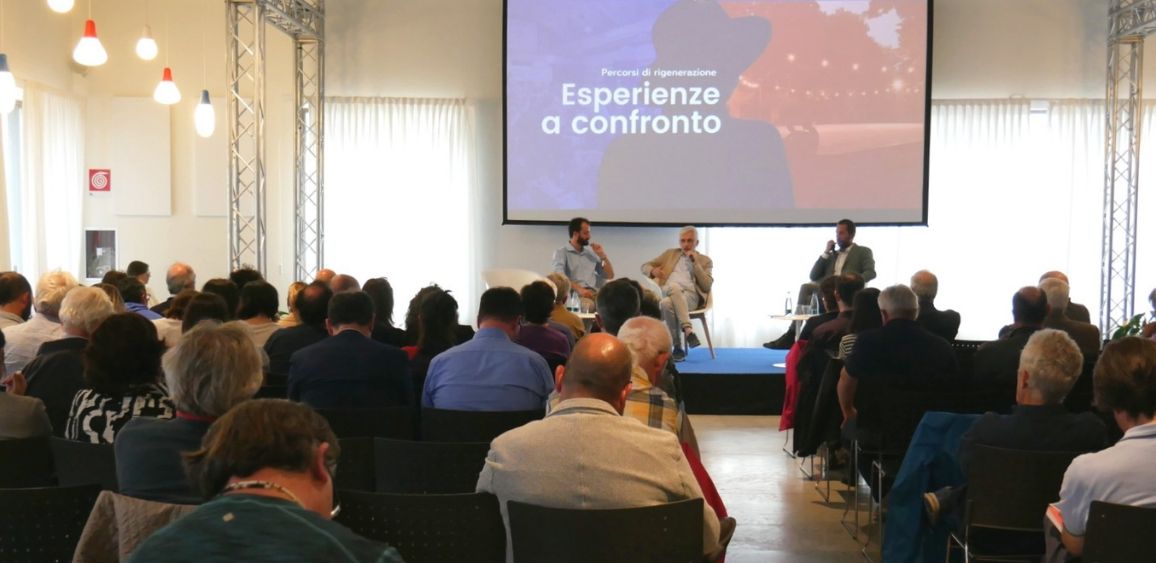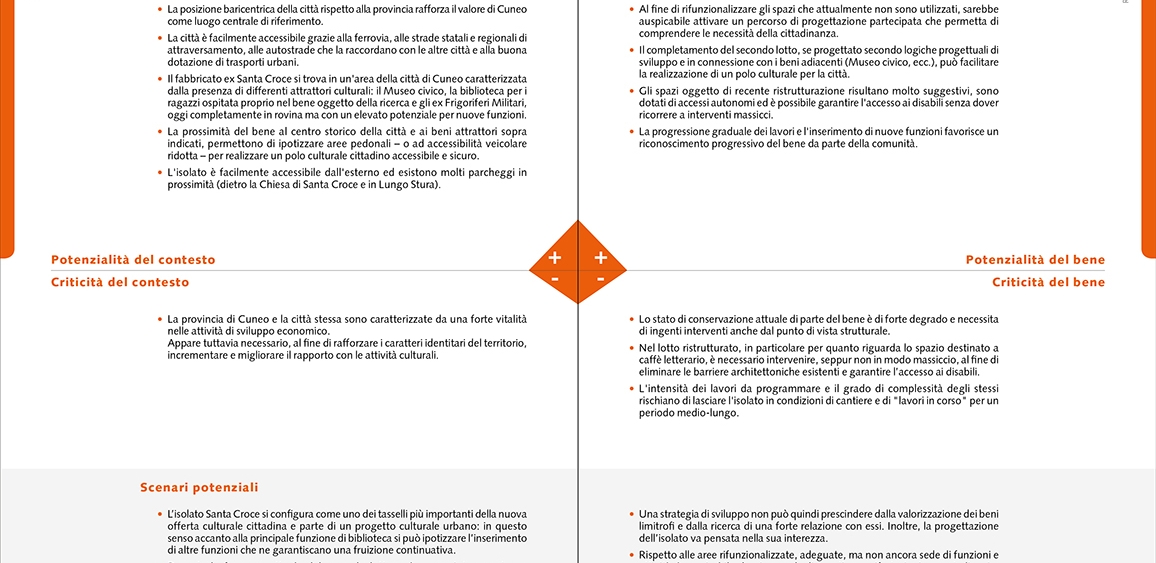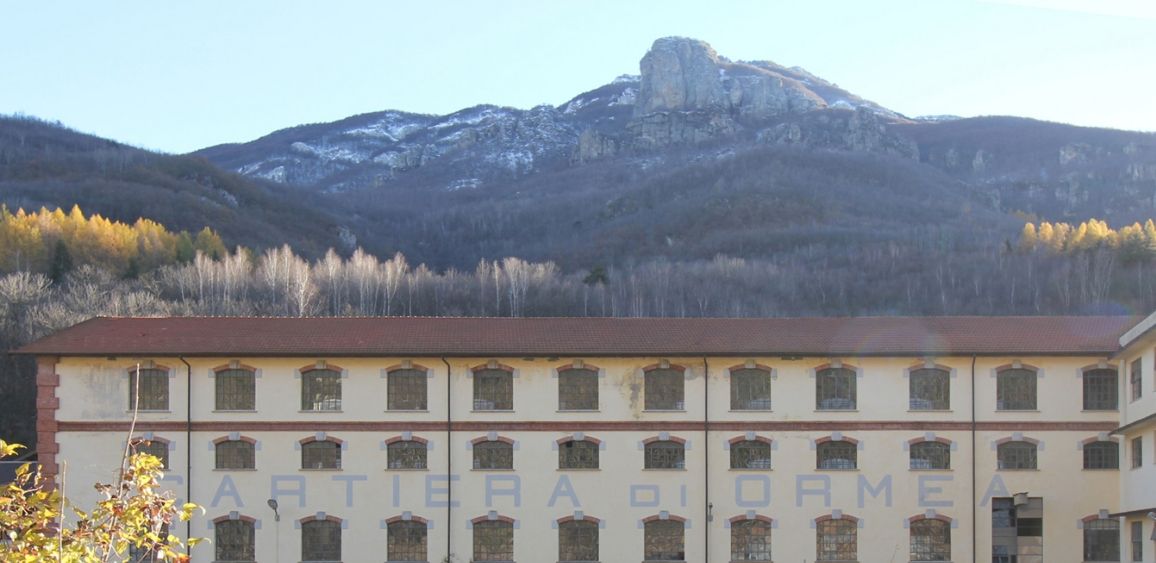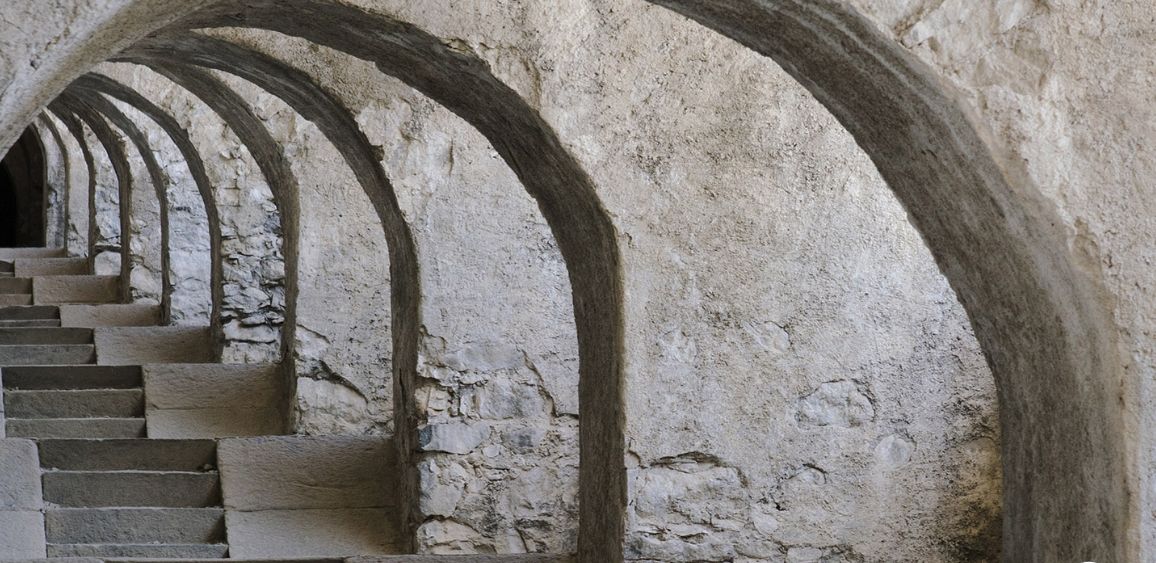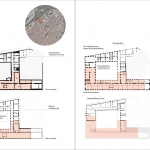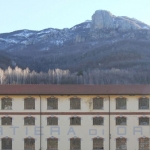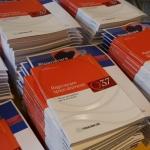The issue of regeneration of abandoned spaces gains a significant dimension not only at national level – according to an Istat estimate (2016), almost 70% of unused public real estate is in a state of progressive abandonment and degradation and only 15% of this heritage has real market attractiveness -. Even at the territorial level the phenomenon is at the center of the debate. However, the redevelopment initiatives are struggling to take off, both because of the difficulty in identifying suitable spaces and because of economic problems, but also due to design approaches. In the context of the research, promoted by Fondazione CRC and carried out in collaboration with Fondazione Fitzcarraldo, the issue was addressed starting with a first survey, carried out in the province of Cuneo, which detected around 450 disused assets, a heterogeneous heritage with multiple potentials. of enhancement to explore. Of these assets, 127 were reported directly by local authorities, with a wide involvement of municipalities, mountain unions, the order of the province’s architects, trade associations and other subjects. The analysis then examines seven case studies: a former convent, a former mill, a former military hospital, a church, a former shredder and a market sector, both in the city and in rural or mountain areas. Finally, the Notebook, starting from the analysis carried out, provides some operational guidelines for public institutions and cultural operators interested in promoting public-private synergies for projects to reuse abandoned spaces, with the involvement of local communities.
On a territorial level, the discussion on the topic will continue with the creation of an Innovation Laboratory promoted by Fondazione CRC and coordinated by Fondazione Fitzcarraldo, a path to accompany local actors in order to promote comparison, to deepen good practices and to stimulate innovative solutions on topics of particular interest and perspective.
Italiano
